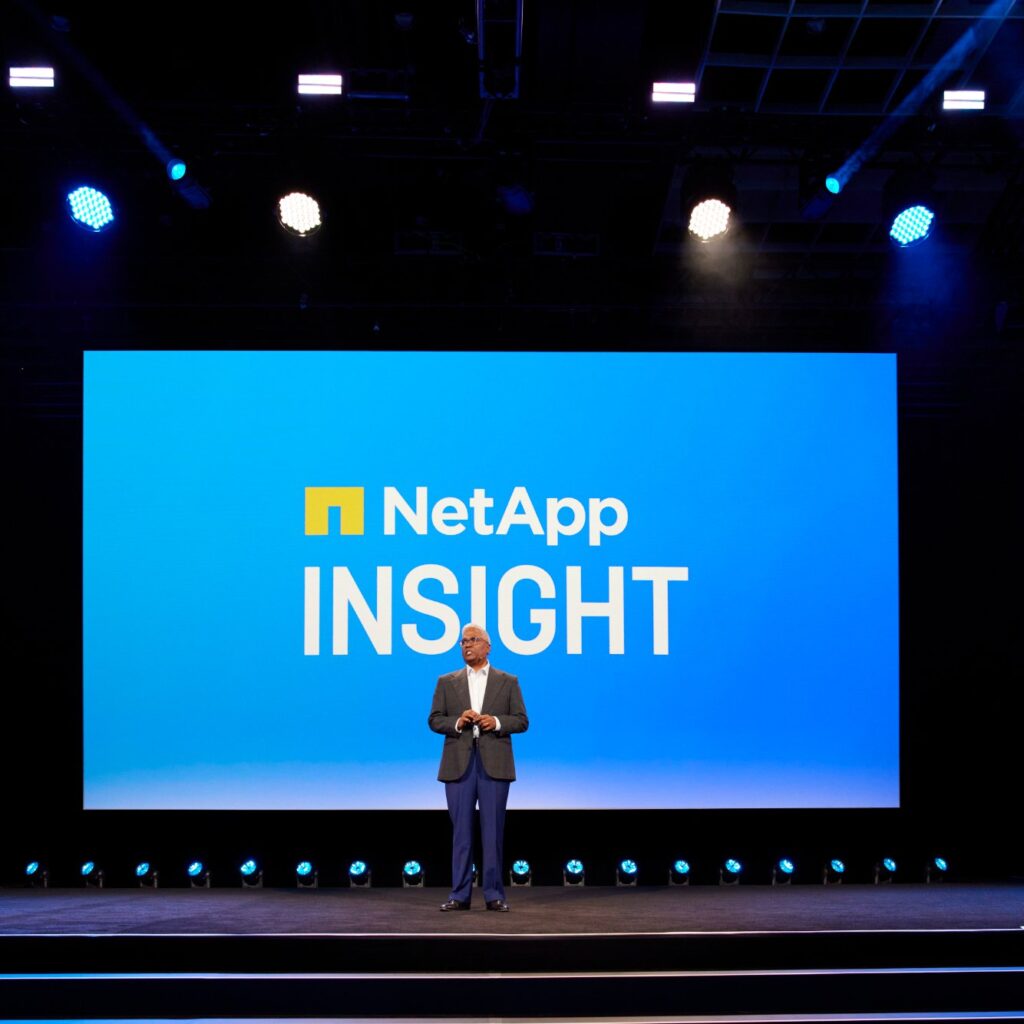SYDNEY, AUSTRALIA- Elastic® (NYSE: ESTC) (“Elastic”), the company behind Elasticsearch®, today announced its second Elastic Global Threat Report, issued by Elastic Security Labs. Based on observations from more than 1 billion data points over the last 12 months, the report reveals ransomware is expanding and diversifying; more than half of all observed malware infections were on Linux systems; and credential access techniques have become an essential part of the cloud intrusion process.
Key findings from the report include:
Malware Trends
The majority of malware observed was composed of a small number of highly prevalent ransomware families and commercial off-the-shelf (COTS) tools. As financially motivated threat communities adopt or offer malware-as-a-service (MaaS) capabilities, enterprises should heavily invest in developing security functions with broad visibility of low-level behaviours to expose previously undiscovered threats.
- BlackCat, Conti, Hive, Sodinokibi and Stop are the most prevalent ransomware families we identify through signatures, amounting to about 81% of all ransomware activity.
- COTS malware capabilities like Metasploit and Cobalt Strike represented 5.7% of all signature events. On Windows, these families amounted to about 68% of all infection attempts.
- Around 91% of malware signature events came from Linux endpoints, while Windows endpoints accounted for only about 6%.
Endpoint Behavior Trends
The most sophisticated threat groups evade security by withdrawing to edge devices, appliances, and other platforms where visibility is at its lowest. As never before, the report highlights the need for enterprises to evaluate the tamper-resistant nature of their endpoint security sensors and consider monitoring projects to track vulnerable device drivers used to disable security technologies. In addition, organizations with large Windows environments should track vulnerable device drivers to disable these essential technologies.
- When looked at together, Execution and Defence Evasion make up more than 70% of all endpoint alerts.
- Elastic observed the most discreet techniques on Windows endpoints, being the top target by adversaries with 94% of all endpoint behaviour alerts, followed by macOS at 3%.
- macOS-specific credential dumping was responsible for an astounding 79% of all credentials access techniques by adversaries, an increase of approximately 9% since last year. Of these attempts, we observed that Windows environments where ProcessDump.exe, WriteMiniDump.exe, and RUNDLL32.exe were used more than 78% of the time.
Cloud Security Trends
As enterprises increasingly migrate on-premises resources to hybrid or entirely cloud-based environments, threat actors are taking advantage of misconfigurations, lax access controls, unsecured credentials, and no functional principle of least privilege (PoLP) models. Organizations can dramatically reduce the risk of compromise by implementing the security features that their cloud providers already support and monitoring for common credential abuse attempts.
- For Amazon Web Services, Elastic observed defence evasion (38%), credential access (37%), and execution (21%) as the most common tactics mapped to threat detection signals.
- 53% of credential access events were tied to compromised legitimate Microsoft Azure accounts.
- Microsoft 365 experienced a high rate of credential access signals, accounting for 86%.
- 85% of Google Cloud threat detection signals were related to defence evasion.
- Discovery accounted for approximately 61% of all Kubernetes-specific signals, predominantly related to unexpected service account requests that were denied.
“Today’s threat landscape is truly borderless, as adversaries morph into criminal enterprises focused on monetizing their attack strategies,” said Jake King, head of security intelligence and director of engineering at Elastic. “Open source, commodity malware, and the use of AI have lowered the barrier to entry for attackers, but we’re also seeing the rise of automated detection and response systems that enable all engineers to better defend their infrastructures. It’s a cat-and-mouse game, and our strongest weapons are vigilance and the continued investment in new defence technologies and strategies.”
Additional Resources
Download the report
Read the blog
Join the webinar
About the Report
The 2023 Elastic Global Threat Report is a summary of observations distilled down to a small number of distinct categories. The report is based on Elastic telemetry, public, and third-party data voluntarily submitted to surface threats based on observations from more than 1 billion data points over the last 12 months. All information has been responsibly sanitized where applicable to protect the identities of those involved.
About Elastic
Elastic (NYSE: ESTC) is a leading platform for search-powered solutions. Elastic understands it’s the answers, not just the data. The Elasticsearch platform enables anyone to find the answers they need in real-time using all their data, at scale. Elastic delivers complete, cloud-based, AI-powered solutions for enterprise security, observability and search built on the Elasticsearch platform, the development platform used by thousands of companies, including more than 50% of the Fortune 500. Learn more at elastic.co




